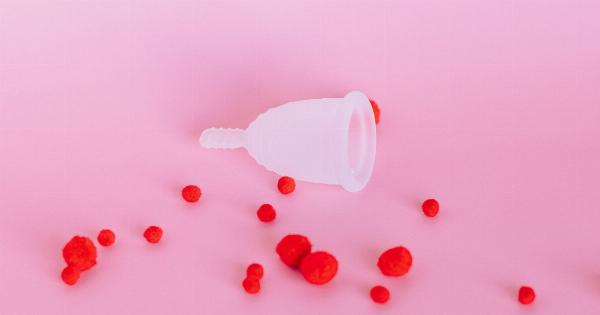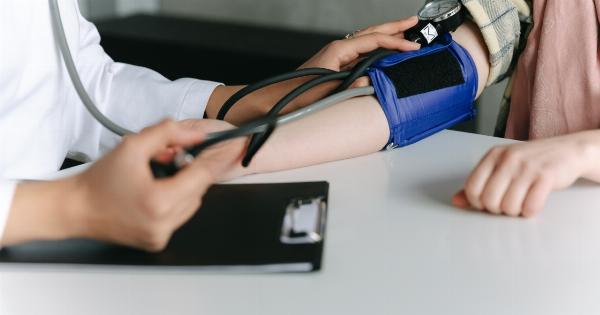Bee stings have long been known to cause discomfort and even pain in humans. However, recent studies have shown that bee venom may have medical benefits, particularly in managing high blood pressure.
High blood pressure is a serious medical condition that affects millions of people worldwide. It is a leading risk factor for heart attacks, strokes, and other cardiovascular diseases. Fortunately, the bee sting solution could help control high blood pressure.
Understanding High Blood Pressure
High blood pressure, or hypertension, occurs when the force of blood against the walls of the arteries is consistently too high. Blood pressure is measured in millimeters of mercury (mm Hg) and is expressed using two numbers.
The first number (systolic) measures the pressure when the heart beats, while the second number (diastolic) measures the pressure when the heart is at rest between beats. Generally, a healthy blood pressure is 120/80 mm Hg or lower. A blood pressure reading higher than 140/90 mm Hg is considered high and warrants medical attention.
High blood pressure can result from various factors, including genetics, lifestyle, and underlying medical conditions such as kidney disease and diabetes.
Hypertension has no apparent symptoms, which is why it is often called the “silent killer”. If left untreated, it can cause severe damage to the heart, kidneys, blood vessels, and other vital organs.
Lifestyle changes, such as eating healthy foods, exercising regularly, and quitting smoking, are often recommended as the first line of defense against high blood pressure. However, some cases may require medication to control the blood pressure.
The Bee Sting Solution
Bee venom, the substance in the bee sting that causes the pain and swelling, contains several bioactive compounds that have therapeutic effects. These compounds include melittin, apamin, adolapin, and hyaluronidase.
In recent years, bee venom has gained attention as a potential treatment for various health conditions, including high blood pressure.
Studies have shown that bee venom can reduce blood pressure by relaxing the blood vessels and increasing blood flow. This effect is achieved by the bee venom’s ability to stimulate the production of nitric oxide, a vasodilator.
Nitric oxide is a gas that dilates blood vessels, thereby reducing the resistance to blood flow and lowering blood pressure. Additionally, bee venom has been shown to have anti-inflammatory and antioxidant effects, which can also contribute to the management of high blood pressure.
The Science Behind the Bee Sting Solution
Many studies have been conducted to investigate the effects of bee venom on blood pressure. One study published in the journal Cardiovascular Toxicology found that bee venom significantly reduced blood pressure in hypertensive rats.
The study concluded that bee venom could be a potential therapeutic agent for hypertension.
Another study published in the journal Toxicon found that bee venom improved endothelial function in hypertensive patients.
Endothelial cells are the cells that line the inside of blood vessels and play a critical role in regulating blood flow and blood pressure. Dysfunction of endothelial cells has been associated with many cardiovascular diseases, including hypertension.
The study found that bee venom increased the production of nitric oxide in endothelial cells, thereby improving their function and reducing blood pressure.
A meta-analysis of several studies published in the Journal of Apicultural Research concluded that bee venom had a significant lowering effect on blood pressure in animal models and humans with hypertension.
The Risks and Side Effects of Bee Venom Therapy
Bee venom therapy, also known as apitherapy, involves using bee venom for medicinal purposes. It can be administered in several ways, including bee stings, injections, and topical applications.
While bee venom has shown promising results in managing high blood pressure, it is not without risks and side effects.
Firstly, bee venom is a potent allergen that can cause severe allergic reactions in some individuals. People with a history of allergic reactions to bee stings or bee products should not use bee venom therapy.
Secondly, bee venom therapy can cause pain, swelling, and redness at the injection site, especially if administered improperly. In rare cases, it can cause anaphylaxis, a life-threatening allergic reaction that requires immediate medical attention.
Conclusion
Bee venom therapy could be a promising solution for managing high blood pressure. Its ability to stimulate nitric oxide production, relax blood vessels, and reduce inflammation can contribute to the control of hypertension.
However, bee venom therapy should only be administered under the supervision of a qualified healthcare provider, as it carries risks and side effects. For most people with high blood pressure, lifestyle changes and medication are still the best options for managing the condition.






























